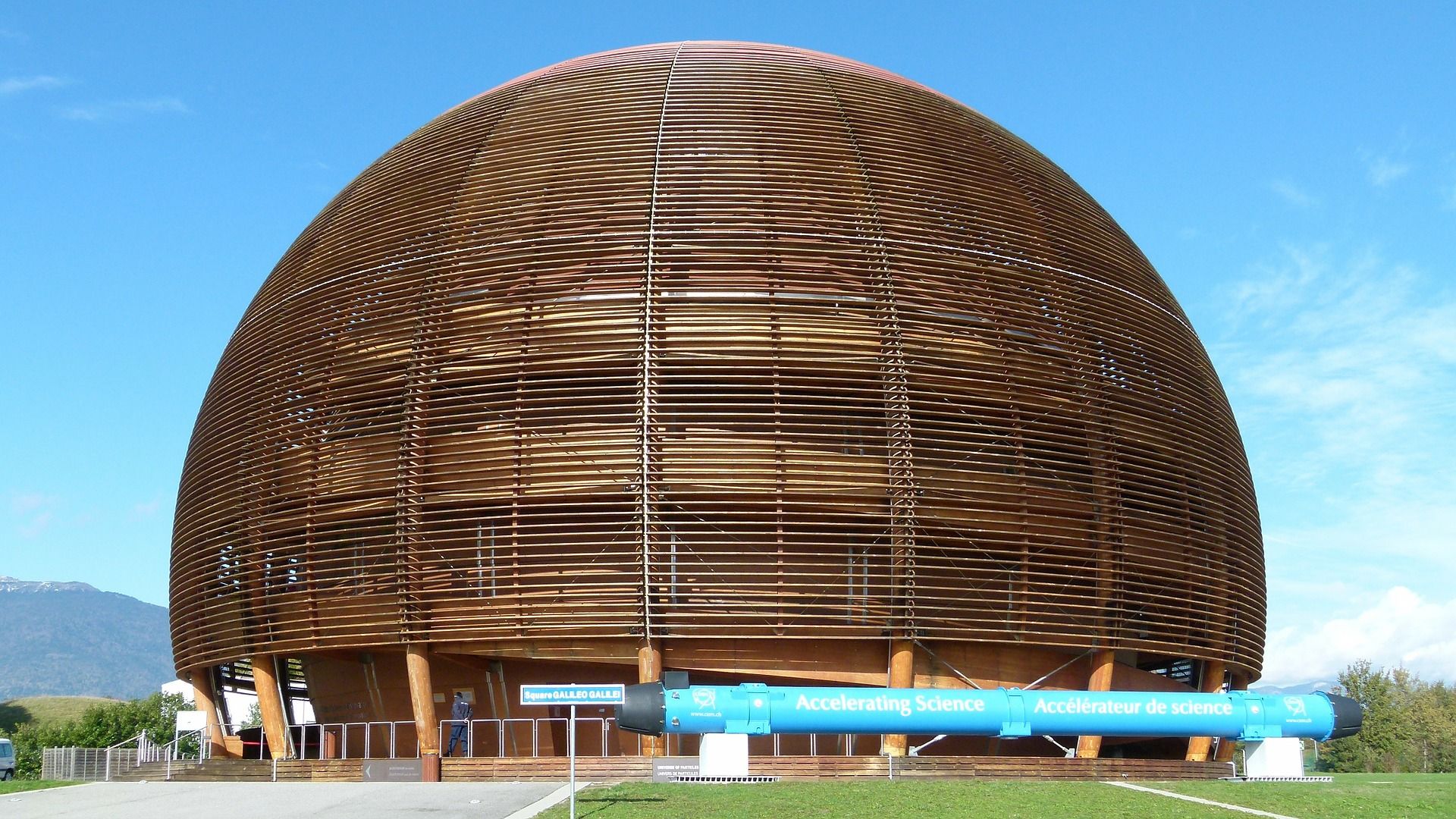Large Hadron Collider to undergo a £720m upgrade
A massive 950m Swiss Franc (£720m) mission has been launched to upgrade the Large Hadron Collider (LHC) in hopes that it will reveal more about the universe. The LHC is the largest particle accelerator that searches for new physics by causing collisions between particles at speed close to that of light.
Recently, physicists have been exploring anomalous results produced by the LHC. These curious signals are currently found to be too weak, however, the planned upgrade will improve the sensitivity of the machine after which the signals may strengthen. If this happens, it will cause the current standard model of particle physics, consisting of a series of equations that describe how particles inside atoms interact, to break down. This is because these strange signals indicate the existence of new particles, dubbed leptoquarks and Z primes, that are otherwise unexpected.
The LHC is the largest particle accelerator that searches for new physics by causing collisions between particles at speed close to that of light
The objectives of the upgrade are to intensify the density of proton beams that collide, as well as increasing the number of collisions. To install the planned upgrades, the engineers will be fitting powerful magnets at the LHC to make the proton beams denser by squeezing them all together. Devices called crab cavities will be fitted that use electromagnetic pulses to give the protons a helping hand as they enter the detector. This will make the particles rotate by a minuscule amount before they strike the protons approaching from the other side. This overall sideways movement of protons by the crab cavities will increase the degree of collisions.
As part of the project, launched in June 2018, the largest particle physics laboratory in Cern will have heavy equipment, new buildings, access shafts and service tunnels installed, constructed and excavated as part of the upgrade. If the updates go according to plan, the proton beams in what is known as the high-luminosity LHC, or HL–LHC, will be intensified and their collision frequency will be five to 10 times greater than today. In this way, the collider’s sensitivity will improve therefore potentially enabling researchers to find new theories in physics. Professor Tara Shears at the University of Liverpool added that HL–LHC is where most of the data is collected and therefore serves as the phase of exploration of the universe.
If the updates go according to plan, the proton beams in what is known as the high-luminosity LHC, or HL–LHC, will be intensified and their collision frequency will be five to ten times greater than today
The upgrade is expected to take a total of eight years. The magnets and beam instrumentation will be installed when the LHC is shut down for two years in 2019. The rest of the equipment will be installed during the longer shutdown between 2024 to 2026.
Rob Appleby, a particle physicist at University of Manchester, and UK spokesperson for HL–LHC, remarked that it is a very exciting time and the planned upgrade “opens the door to the most precise and sensitive era of fundamental physics we’ve ever had”.

Comments